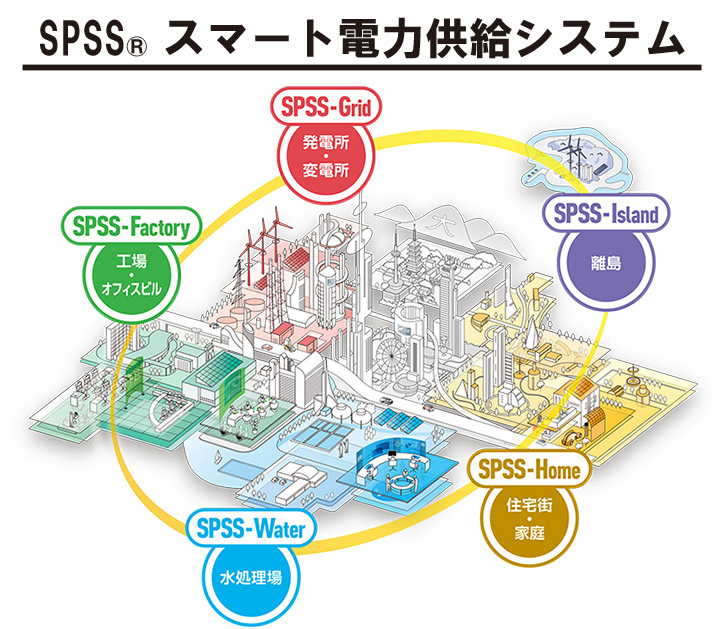The direct conversion of CO2 emissions from thermal power plants to useful materials that are in wide demand
Tosoh Corporation
Outline
Carbon dioxide (CO2) emissions from thermal power plants account for 30% of CO2 emissions in Japan. However, it is believed that thermal power plants will still be important as a baseload power supply even in 2050. For this reason, there is an urgent demand for technological development that will achieve a drastic reduction in CO2 emissions from thermal power plants.
We have developed an innovative technology called ‘Innovative CO2 Utilization (Innovative CCU),’ which directly synthesizes raw materials for polyurethane resin using low-concentration, low-quality CO2 that is obtained from the exhaust gas of thermal power plants by DAC (Direct Air Capture) that does not undergo pretreatments such as purification and concentration. Using this technology will significantly reduce the amount of CO2 that thermal power plants emit into the atmosphere.
Description
It is believed that thermal power plants will still be one of Japan’s significant baseload power sources in 2050. On the other hand, the amount of CO2 emitted from thermal power plants accounts for 30% of all CO2 emissions in Japan. Technological development is needed to drastically reduce the amount of CO2 emitted from thermal power plants. To achieve this, we should not only reduce CO2 emissions but also develop technology that actively uses CO2 as useful material (CCU).
In CCU technology, to promote production efficiency, the reaction is performed using high-quality CO2 that has been separated, recovered, and purified by another system. We will develop a technology called ‘Innovative CO2 usage (Innovative CCU),’ which directly uses CO2 emitted from thermal power plants without unique treatments, such as the separation, enrichment, and purification processes and transfer to useful materials.
The challenge is to use low-concentration and low-quality CO2 obtained by direct air capture (DAC) with no pretreatment, such as purification and concentration, of exhaust gas generated from thermal power plants. The challenging goal is synthesizing raw materials for polyurethane resin, isocyanate, which is widely used in industrial settings and for daily products and is expected to have a dramatic increase in demand.
Isocyanates are industrially produced using phosgene (COCl2) and amine compounds as raw materials. In recent years, the National Institute of Advanced Industrial Science and Technology (AIST) has discovered a new technology for synthesizing isocyanates from high-quality CO2 and amine compounds. The CO2 used here is high pressure (50 atm) and high concentration (100%), and it is separated and purified by another system.
In this challenge, we focus on this AIST technology and aim to synthesize isocyanate as a urethane raw material by directly using CO2 to form a thermal power plant. Given that CO2 emitted from thermal power plants is low pressure and low concentration (1 atm, 15% to 20% purity), how to set up the reaction is a technical issue.
We are collaborating with AIST to study and conduct isocyanate synthesis via carbamate derivatives from CO2 and amine compounds from thermal power plant CO2; we are participating in a project of the New Energy and Industrial Technology Development Organization (NEDO) to study various reaction settings and realize this unique CCU system industrially in the future.
It is estimated that if this technology is realized and all polyurethane materials in the world are synthesized using it, it will reduce CO2 emissions by 5.4 million tons worldwide by 2050.
Partner(s)
National Institute of Advanced Industrial Science and Technology (AIST)
Similar Innovation Challenges
Achieving net zero carbon emissions from paint finishing processes
Taikisha Ltd.
Activities for reducing GHG of business operations in Nissin Electric Group
Nissin Electric Co., Ltd.








-1人工光合成技術.jpg?id=2&tid=759&imageNumber=1)